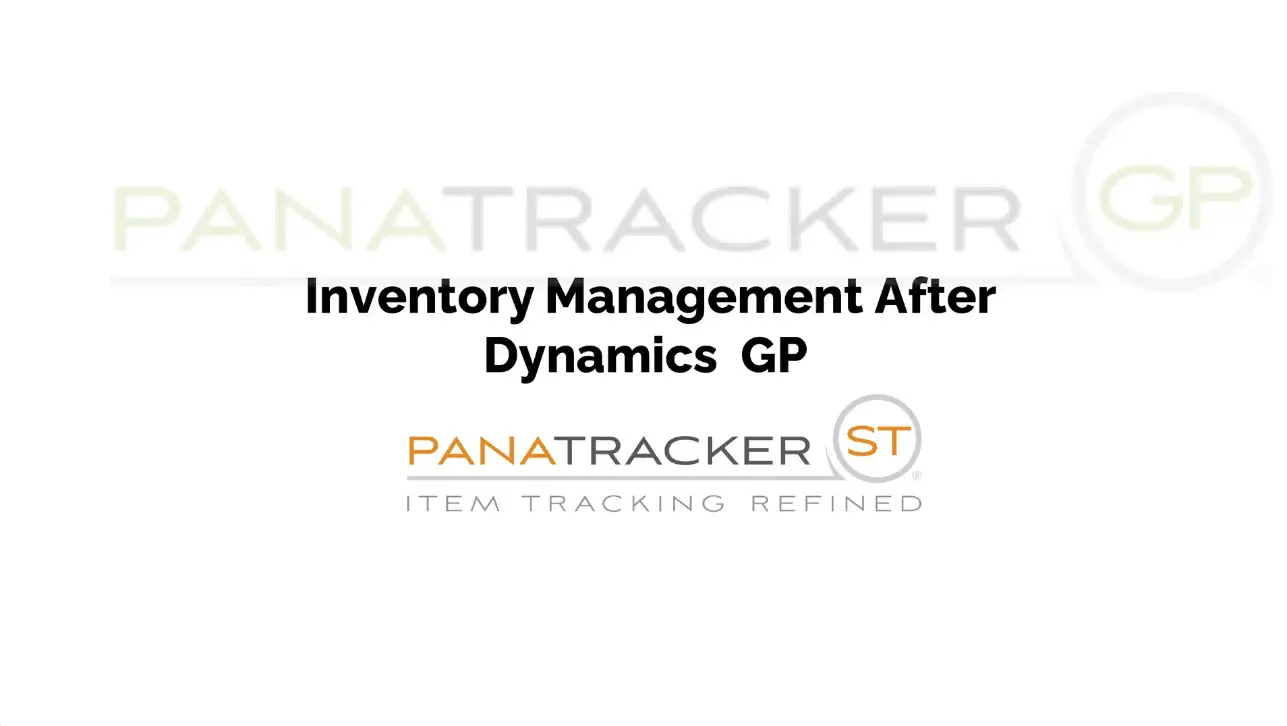In the rapidly evolving landscape of construction, technology is playing an increasingly vital role. Mobile devices with geolocation capabilities and connected equipment are transforming how construction activities are tracked and managed. Workers are now able to log time and report productivity directly from job sites using mobile devices, while equipment can be monitored through telematics over cellular and satellite networks. Intelligent construction equipment leverages this technology to enhance efficiency and accuracy on site.
However, the question remains: is this advanced technology suitable for tracking the majority of construction assets? And more importantly, how can technology be affordably deployed in the field to track the receipt, location, and consumption of construction materials inventory and other consumables?
For many contractors, the answer lies in barcode scanning. Barcodes offer a practical, reliable, and cost-effective solution for tracking materials and assets. Here are three compelling reasons why barcode scanning should be the default solution for construction management.
1. Cost and Complexity
The cost of an inventory or asset tracking system is obviously of primary concern when selecting a technology to support core business processes like inventory and asset management. Here, barcode scanning is very attractive, not only in terms of the software cost, but cost of tags that go on assets and labels that go on materials and inventory locations. In the case of barcode scanning, tag or label cost is negligible.
For equipment assets that have their own source of power and cost tens or hundreds of thousands of dollars, collecting data from an on-board telematics unit or a removable sensor can bring value. Companies that offer this technology, however, have also begun to offer sensors with their own integrated battery, sometimes using Bluetooth Low Energy (BLE) or a Long Range (LoRa) wide area network to relay location information to the cloud. LoRa or BLE tag batteries may last one to three years, which is impressive, but it makes battery and device monitoring and replacement a significant source of overhead contractors may not be accounting for.
Even battery-powered hand tools are being fitted, in some cases from the factory, with these sensors. But does connecting hand tools and other small assets to the cloud make sense? At Panatrack, we don’t think so. Here’s why.
First, the juice may not be worth the squeeze. Just because we can do something with technology does not mean we should. The cost of an individual wireless asset tags are one barrier to achieving return on this investment. The fact that the tags have a limited lifecycle in the field means managing and replacing them adds additional indirect cost.
Moreover, wireless technologies will just not be appropriate for most assets a construction contractor relies on. From office fixtures to computer equipment to tools, barcode scanning is more affordable and practical. Geolocation tags or tiles will leave the vast majority of assets in the business untouched, which makes barcode scanning the natural default. Some assets may benefit from connected tracking, but these may be the exception.
And because some assets and inventory already have barcodes from the manufacturer, standardizing on barcodes exposes valuable data that can be tied back to warranties, purchase orders, materials receipts and other records in ways that would need to be duplicated in the case of sensor-based tracking anyway.
2. Materials Inventory Tracking
Contactors need to track more than assets, tools and equipment though, and it doesn’t make much sense to use one system to track assets and another for inventory.
A truly modern solution will be able to manage assets and inventory not used in projects and assets that are assigned to projects, plus indirect and project inventory. Sometimes, inventory will be tracked in an enterprise resources planning (ERP) application, but once inventory—be it drywall, a filter or gasket for a refit or repair, or roof adhesive—is purchased, ERP may stop tracking it. A solution like PanatrackerST enables a contractor to identify and follow this inventory through multiple locations to the point where it is actually put in place, which is essential for:
- Mechanical contractor fab shops that may have multiple inventory locations including storerooms and point of use locations closer to work stations.
- Managing truck inventory, turning service vans or vehicles into rolling warehouses with full visibility.
- Larger construction sites where inventory will move over the course of the project to make way for work-in-progress … whether material is shipped from one site to the next or moved within a site, PanatrackerST will capture the move including shipping receipt where applicable.
Also important to consider is the need to segregate and track customer-owned inventory and what inventory is reserved for consumption on a project. The right inventory management software, leveraging simple barcodes, can accomplish this.
3. Reliability and Practicality
Dead batteries in asset tracking devices are one hassle that may fly under the radar for contractors opting to connect their tools to the internet. For most construction software that that enables multiple BLE devices to communicate to a central network, a central hub to receive the relatively weak signal is required. The arrival of Bluetooth 5 in 2017 enabled BLE to communicate not just to a central gateway, but across a mesh of many other BLE devices. This method, used by some power tool manufacturers and allied software vendors, still requires sufficient density of other devices to relay a signal that eventually gets to an application in the cloud that tracks asset data.
While the location of construction tools may not be considered very sensitive, these BLE devices may give malign actors access to an organization’s network. Standards for BLE are still evolving, but according to researchers at the Bangladesh University of Engineering and Technology and University of Manitoba, Winnipeg, the fact that hundreds or even thousands of devices are connected to the mesh creates vulnerabilities physical, link, network, and application layers of a system.
An Optimal Solution
Panatrack delivers on these and other contractor requirements with minimal disruption to the rest of the business.
A new and modern software-as-a-service (SaaS) product informed by Panatrack’s 20-plus years in inventory and asset tracking software, Panatrack frees contractors of the constrains they will face in traditional inventory or asset built around business models that operate within four walls. Mobile inventory, project inventory, mixing of ownership/custody, or the hierarchical nesting of locations—Panatrack handles it all.
Conversely, Panatrack was designed to track the aspects of who, what, and where. It allows for flexible identification and control of your business’s inventory and assets.
We kept in mind the need to easily complete transactions from multiple devices — desktops, tablets, mobile devices, and phones. Barcode data capture provides the efficiency to accurately perform transactions.
If you are looking to better manage tools, equipment, assets, project-based inventory, or supplies, Panatrack is the right tracking solution for you.




